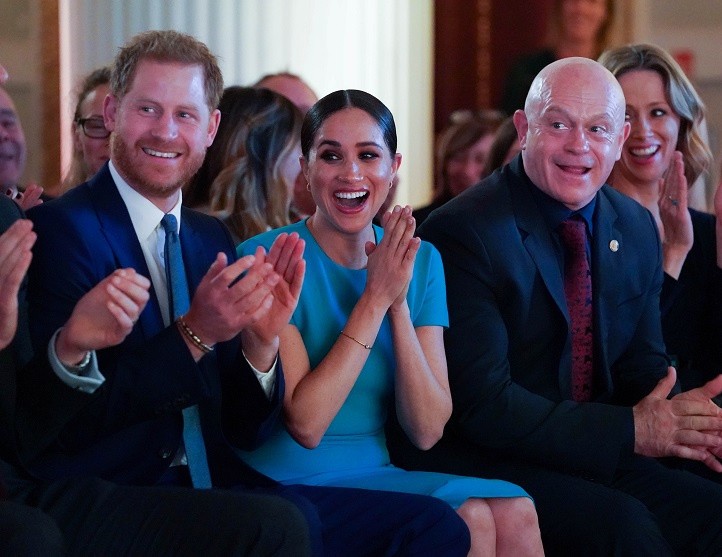Meghan Markle Who? Duchess Of Sussex Set To Take A New Name After "Megxit"

Meghan Markle will be forced to use a new surname once "Megxit" takes into effect. At the end of this month, the Duchess of Sussex will officially be out of the royal family and will be living as an independent yet ordinary member of the community.
Will She Be Meghan Sussex?
The Duchess of Sussex has always been known as Meghan Markle, but she may don another royal surname as part of the terms included in the "Megxit" agreement. As she embarks on a new independent life starting March 31, what are her options for a surname then?
Meghan may opt to use the surname that Prince Philip and Queen Elizabeth have chosen to pass on to their descendants in 1952. Traditionally, members of the royal family use their royal titles as their surname. However, if required to put on a surname, the male heirs of the royal family can use Mountbatten-Windsor.
When Meghan and Harry decided to make Prince Archie use this surname, everyone was saying what a touching tribute it was for the Duke of Edinburg. Now, Meghan could match her son after "Megxit."
She could be known as Meghan Mountbatten-Windsor. Harry, on the other hand, will be known as Harry Wales, taking after his father's house name.
Meghan Markle used the surname Sussex when she married Prince Harry in a memorable ceremony at St. George's Chapel in Windsor. In May 2018, Meghan officially became the Duchess of Sussex.
However, the former "Suits" actress may have to take on a new surname after she and Harry agreed that they could no longer use their royal titles to represent themselves in official business dealings.
The Long History Behind Mountbatten-Windsor
The members of the royal family are not new to change their surnames. In fact, they were forced to renounce their surnames during World War I when the country was at war with Germany.
King George V took on Windsor as it was his favorite residence. In 1947, when Prince Philip and Queen Elizabeth II got married, he renounced his Danish and Greek royal titles to become a naturalized citizen of the U.K. He went for the surname, Mountbatten.
They had a lengthy and tedious fight as to which royal surname should be passed on to the children of the next generation. The Duke of Edinburgh was fighting for his right to give his children his surname.
As soon as Queen Elizabeth inherited the throne in 1952, she decided that the members of the royal family would take on Windsor and not Mountbatten.
This, according to historians, had angered Prince Philip that he came to a point and told the Queen that he was the only man in England who could not give his children his surname. It caused a huge rift between the couple.
However, in 1960, the Queen agreed to give him a concession. In a decree, she directed that the descendants of the royal family will take after the surname Mountbatten-Windsor. This move has appeased the Duke of Edinburgh.
To this day, the members of the royal family that came after the line of Queen Elizabeth II and Prince Philip will take on the family surname.





